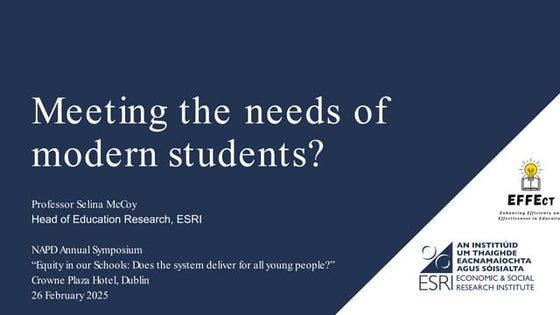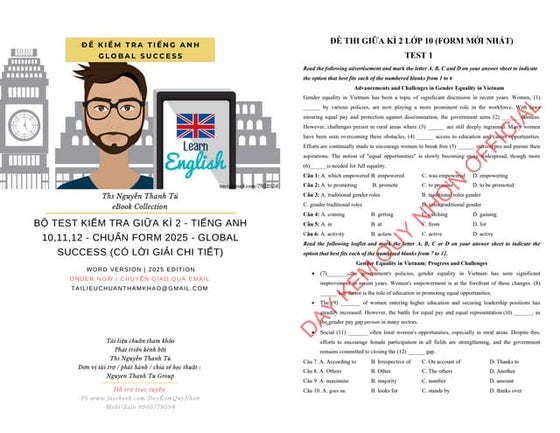The Poetry Of Humphry Davy Ahrc Presentation
- 1. Science, Literature, & Romanticism Wahida Amin The University of Salford
- 2. 1778- 1829 ŌĆś Romantic chemistŌĆÖ Beddoes RI (1799) International figure Travel Death and Fame
- 3. Biographies Public culture of science Medicine Big picture HSTM Literary figure
- 4. How can we assess his poetry? Social connections The ŌĆśotherŌĆÖ two cultures? HSTM/Literary theorists
- 5. To scan the laws of Nature, to explore The tranquil reign of mild Philosophy, Or on Netwonian wings sublime to soar ThroŌĆÖ the bright regions of the starry sky. (Lines 77-80)
- 6. Work at RI ŌĆō primary material Science communication CDA Divide thesis: LOCALITY ŌĆō ties in various strands and methods Cornwall Bristol London International Byronic
Editor's Notes
- #3: Davy is viewed as the English chemist of the time. In his lifetime he gained international fame for his work on what you could say was applied chemistry. One of his most notable inventions was a safety lamp for miners, His work in electricity sparked off some of the ideas in a certain novel, known as Frankenstein, and was one of the most famous lecturers of the Royal Institution. Historians have suggested that his lifespan correlates with the dating of British Romanticism. An indeed he is regarded by historians of science as a Romantic chemist ŌĆō an epithet which I would like to explore during my doctorate. Born in Cornwall ŌĆō Davy can be regarded as a ŌĆślowly boy done goodŌĆÖ. He was an energetic, precocious and intelligent man, who read widely and wrote poetry throughout his life. He was apprenticed to a surgeon in Penzance at 16, he began a closer interest in chemistry and chemical experimentation. He made some influential scientific social networks as a young man which led to him being recommended to assist physician Thomas Beddoes at his new Pneumatic Institution in Bristol where he assisted in the investigation of the medicinal value of factitious airs and gases. Davy interacted with patients, administering gases and drugs, as well as experimenting on himself, which he recorded to have sometimes led to some unpredictable results ŌĆō hysteria, sexual stimulation, and blushing. During his time at the Pneumatic Institute he formed firm friendships with Coleridge and Southey, where they spent many evenings in the Beddoes household discussing science, literature and medicine, while inhaling nitrous gases Here we can see Davy very much was involved in both literary and scientific circles. His published scientific work impressed the scientific community in London at the newly formed Royal Institution (1799), an institution hoped to derive original research and be the site for lectures and public experiments. In 1801 Davy was invited to be a lecturer in this institution, and later becoming professor. At the RI Davy was a popular public figure - impressing the metropolitan audiences with his masterly lectures, with a noticed poetic style. Further public and private reward later came ŌĆō he was knighted in 1812, was married to wealthy widow Jane Apreece, travelled the Continent ŌĆō including France, collecting awards and conducting experiments, meeting physicist Volta and becoming friends with Byron along the way. Wales, Ireland, Scotland, the Lake District ŌĆō fly fishing or shooting, he arguably invented a minerŌĆÖs safety lamp. His scientific eminence culminated in his appointment president of the Royal Society in 1820. In around 1826 Davy began to suffer from moments of exhaustion, pains in shoulder and right arm, and momentary paralysis on his right side, which we now recognise as symptoms of progressive heart disease. His physician suggested a long holiday on the Continent. With the knowledge of his fatal illness which had struck the men in his family Davy underwent an almost Byronic voyage. He wrote and published a self reflective book touching on his passion for fishing, and philosophical and autobiographical work. Davy died and was buried in Geneva in 1829, after having travelled around Europe again, Throughout his life he published scientific papers, a few of his poems, leaving behind his legacy as a promient international scientific figure. Coleridge wrote in 1817 in his poetry collection Sibylline Leaves , that Davy was ŌĆśa man who would have established himself in the first rank of EnglandŌĆÖs living poets, if the Genius of our country had not decreed the he should rather be the first in the first rank of its philosophers and scientific benefactors. Cast as could be one of the first rank of Englands living poets ŌĆō unique position of Davy as an eminent natural philosopher who could have been a great poet requires exploration. . Repose ŌĆō on the Continent. (no jane ŌĆō but john his brother with him)
- #4: DavyŌĆÖs life seems to be incredibly diverse and fascinating, leading to a constellation of secondary literature on his life and work. There have been numerous biographies, including this one by historian of science David Knight, explorations of DavyŌĆÖs career in how scientific knowledge was communicated to the public ŌĆō so a text which uses DavyŌĆÖs in terms of the sociology of knowledge, - and views of Davy as part of wider movement on the relationshop of Romanticism and the Sciences ŌĆō so Davy as part of the big picture of the History of Science, Technology and Medicine, and more recently a wonderful book by Richard Holmes, called The Age of Wonder ŌĆō exploring DavyŌĆÖs life through both his science and poetry.
- #5: What am I interested in? I am undergoing a literary critical perspective. I want to survey DavyŌĆÖs poetry as a seeing whehter his poems can be considered Romantic, - only a few published ŌĆō this is in light of his scientific writings ŌĆō so I will also be considering what is ŌĆśa Romantic scientistŌĆÖ. In the end I want to see if I can reassess the term Romantic, so that it includes his literary and scientific writings. The fact that he inhabits both literary and scientific circles is an integral part of this investigation - his social networks could reveal how scientific and literary cultures intermingled. What methods will I be using? Our exploreation of science and literature has the two perspectives - of the historian of science, and of the literary theorist. ------------------------------------------------------- Romanticism - Historicism and formalism way traffic? ŌĆō poetry influenced science, science into romantic texts Aims ŌĆō romantic
- #6: I thought IŌĆÖd give you a taste of his poetry ŌĆō just one stanza from his Sons of Genius ŌĆō Written by a 17 year old Davy - but we must remember underwent several revisions, and so the dating can be argued between 1795 ŌĆō 6, and published later in 1799. This poem is about how the ŌĆśSons of GeniusŌĆÖ interpret nature ŌĆō I will argue in my research that this is what Davy regards as the viewpoint of the natural philosopher. ON HOW THE SONS VIEW NATURE- Sublime ŌĆō Edmund Burke ŌĆō Philosophical Enquiry on the Sublime and Beautiful in 1756 ŌĆō a key text in the common subject of nature by Romantic writers such as Wordsworth. Aesthetic terms used both ŌĆō sublime is awe inspiring masuline, beautiful is small, feminine, controllable. Paradoxical in trying to imbue meaning on nature of passions portrayed in art Sublime invoked, argued by Jan Golinski argues notion of sublime inspired by scientific writers ŌĆśto inspire further efforts to conquer, to subdue it to human knowledgeŌĆÖ , and ŌĆśdraw attention to the enigmas of the natural worldŌĆÖ. Enlightenment concerns ŌĆō Newton initiated the late Enlightenment philosophy ŌĆō that the complex phenonemana of the natural world could be reduced to simple laws. Enlightenment thinking permeating with what I regard as a Romantic text ŌĆō ROMANTICS IN RELATION TO ENLIGHTENMENT SHIFTS AND CONTINUATIONS ŌĆō Stephanie Snow ŌĆō converged in this text. ----------------- Thomas GreyŌĆÖs Elegy, Written in a Country Churchyard in 1751 ŌĆō mourning links to classical Greek form ŌĆō immediate impact ŌĆō fashionable mode to imitate in England and overseas ŌĆō how to define and determine a lifeŌĆÖs meaning ŌĆō overexperimentation and reconfigured by Romantic poets of conventions of neo-classical poetry.






















































